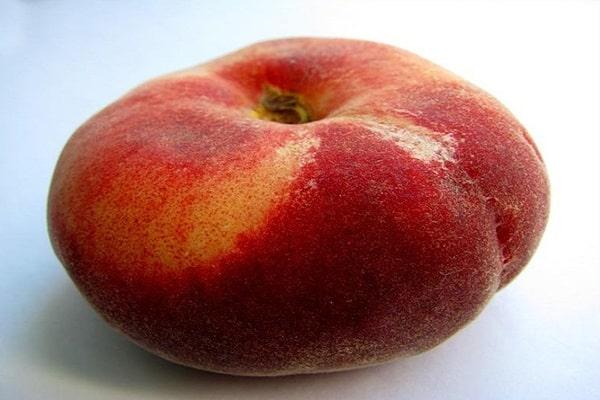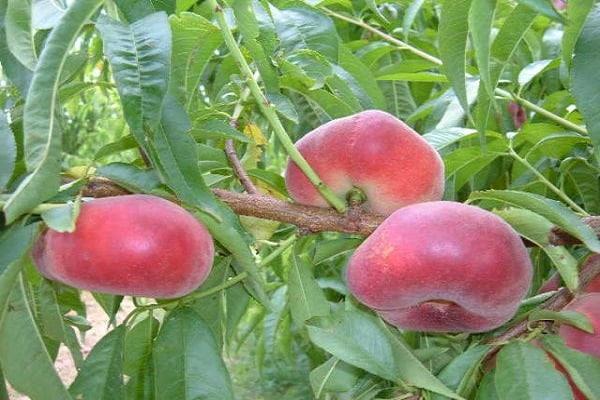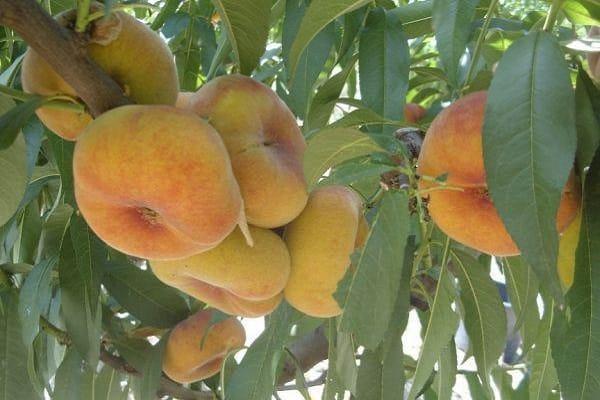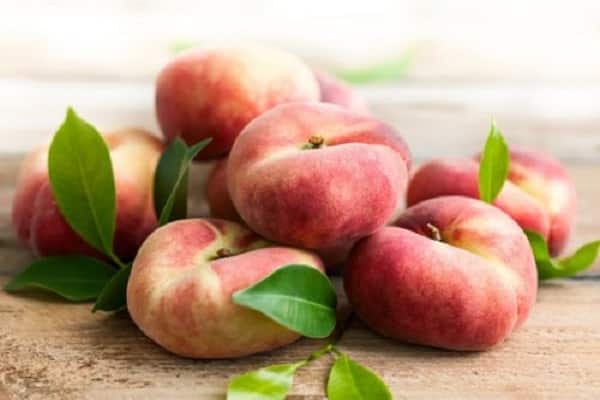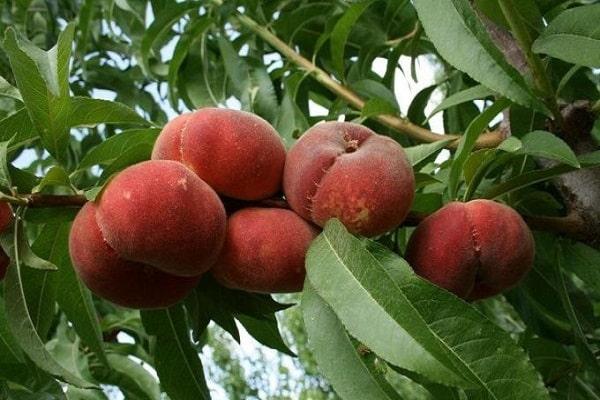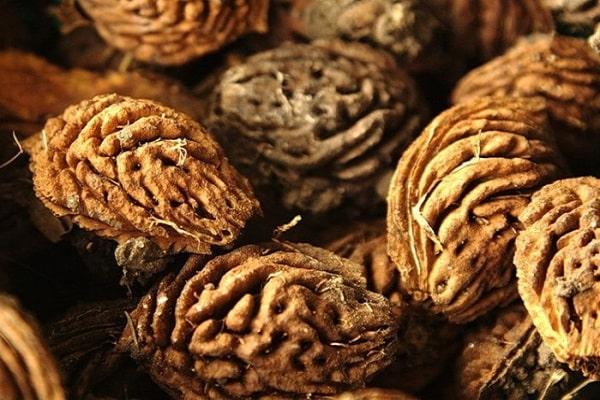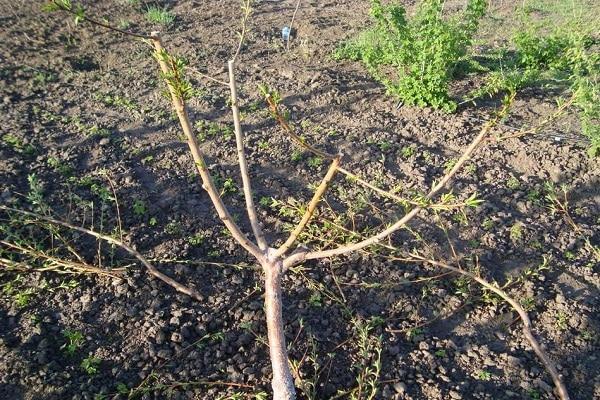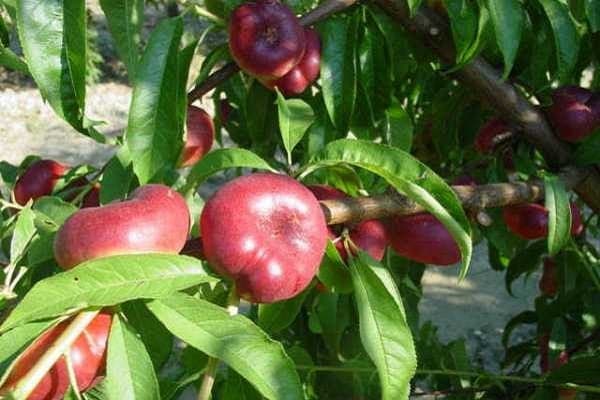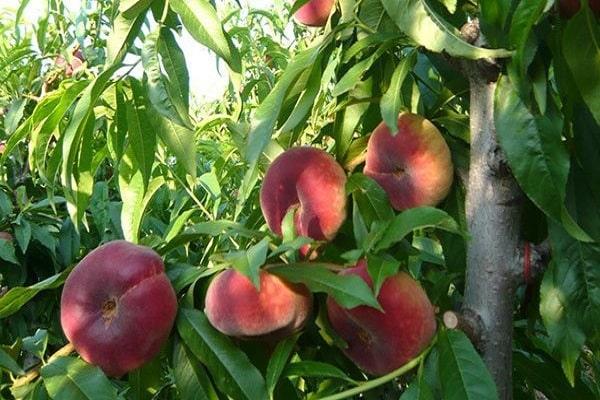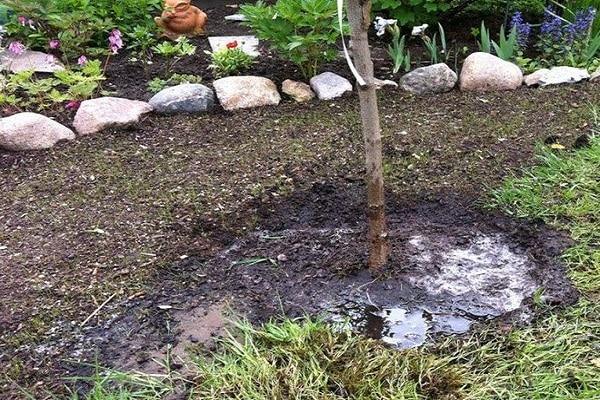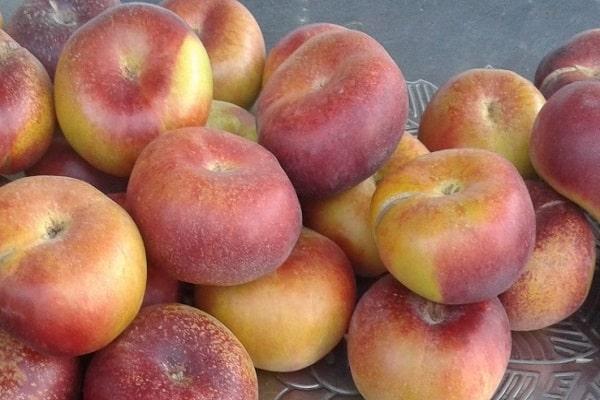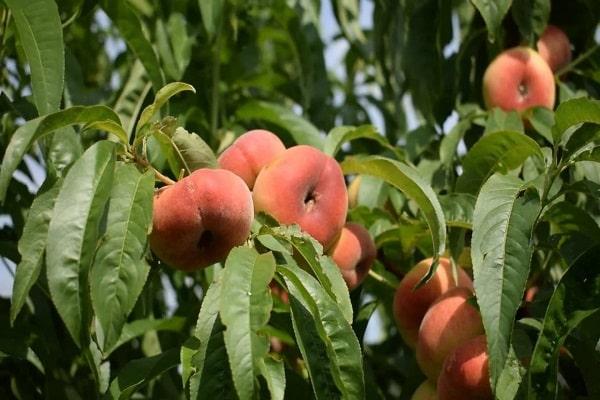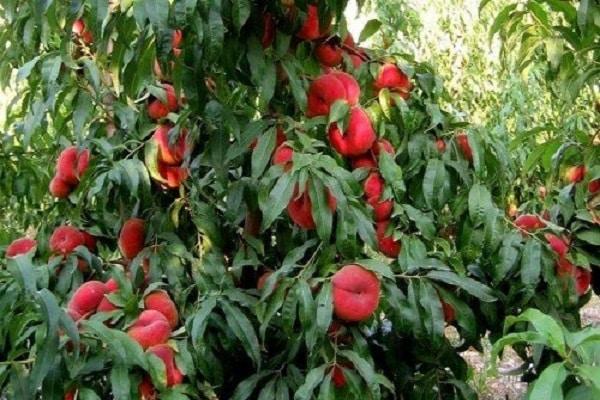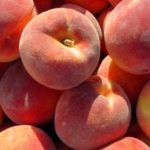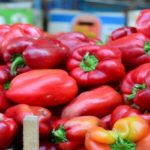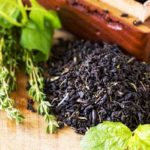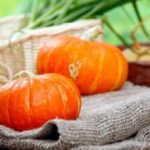The Fig peach is a variety of fruit plant whose characteristics are similar to those of the almond and peach trees. The culture is distinguished by certain characteristics, they affect the appearance of the fruit, seeds, flowering and ripening time. A peach can be called a fig only if it meets the above requirements. Its fruits are rich in nutrients and microelements - this is another advantage.
- Characteristics of culture
- Breeding history and region of growth
- Beneficial properties of the fruit
- How to Grow Fig Peach
- How to germinate a seed
- How to plant a tree cutting
- Optimal timing and planting scheme
- Plant care rules
- Watering frequency
- Soil fertilization
- Crown formation
- Mulching and shelter for the winter
- Pests and diseases. Methods to combat them
- Features of flowering and fertility
- Varietal diversity of the crop
- Saturn
- UFO-3
- Vladimir
- Sweet Cap
- Nikitsky flat
- Belmondo
- Columnar Fig
Characteristics of culture
If you describe the fruit, it should look like this:
- has a characteristic “fluff”;
- The color of the peach is pink, with a yellowish tint;
- the bone is small, flat;
- The fruit itself is slightly flattened and is of medium size.
A large or medium-sized peach, which has a characteristic fluff and a pleasant, sweet smell, is considered common. The fruit, called Fig, is smaller, not round, with characteristic taste characteristics. May have an almond odor.
Taste characteristics of the fruit of this variety:
- It has a pleasant sweetness.
- At the same time, when approaching the seed, the taste of the fruit does not change.
Attention! The fruit contains various vitamins and microelements, which determine its health benefits.
What is the composition of fig peach:
- the fruit consists primarily of carbohydrates;
- it contains B vitamins, folic acid: ascorbic acid, retinol;
- microelements and macroelements: potassium, magnesium, calcium and others.
The fruit, despite the presence of useful substances, is not recommended to be eaten in the evening, since it contains a large amount of fructose.
The average calorie content of a fruit is low, it is 60 calories, provided that its weight does not exceed 100 grams.
Breeding history and region of growth
This is a kind of hybrid of peach and almond trees. There are other cultures that differ from those presented above.
Opinions about this plant are ambiguous; some breeders distinguish the Fig peach as an independent subspecies or species.
According to experts, due to the presence of many similarities, a plant called David's Peach participated in the creation of the culture.
It is noteworthy that this fruit is considered cultivated, that is, it does not grow in nature as an independent plant - it does not exist. This type of peach first appeared in China, so this country is considered its homeland.
Despite the fact that the fruit has been known in Asian countries for a long time, it appeared in our country relatively recently, as well as in Ukraine.
Beneficial properties of the fruit
The fruit has a lot of beneficial properties, which is considered a good reason to include it in the diet. What are the main benefits of this peach:
- It has a large number of useful substances, we are talking about vitamins and microelements.
- It contains a sufficient amount of carbohydrates, which means it satisfies hunger relatively quickly.
- It has low calorie content.
- Normalizes the functioning of the cardiovascular system due to the content of potassium and magnesium.
- Helps to streamline the functioning of the digestive system, relieve bowel problems, and eliminate constipation.
- The fruit improves the excretion of bile from the body, it normalizes the liver and bile ducts.
The complex effect on the body makes the peach a healthy fruit, which, moreover, will delight you with its sweetness. Only those who suffer from diseases of the endocrine system, have high blood sugar or other signs of diabetes should exclude it from the diet.
How to Grow Fig Peach
This fruit is extremely whimsical, and it is difficult to grow for several reasons:
- Certain climatic conditions must be observed - the plant loves warmth and moisture.For this reason, in the northern regions of our country, even with all the necessary efforts, this is unlikely to succeed.
- It will be necessary to provide the crop with sufficient moisture, only then will it begin to bear fruit.
- Seedlings need to be treated to avoid death or infection.
Provided that the fruits of the Fig peach cost 3 times more than ordinary ones, and the crop bears fruit actively, the efforts will not be in vain.
How to germinate a seed
In order for growing a tree to result in a rich harvest, you will need to follow certain rules:
- Choose juicy and ripe fruit that has no signs of rot or mold.
- Remove the pulp and rinse the seed under running water.
- Soak it for a week, like a cucumber seed.
- After seven days, if the plant does not germinate, then you should split the seed without damaging the kernel.
Growing a peach from a pit is difficult, since you need to choose the right fruit in the garden, otherwise the likelihood of failure is extremely high.
How to plant a tree cutting
To reap an excellent harvest, you will have to choose a suitable seedling; it must meet the following characteristics:
- select a variety, find out whether the plant grows in your region;
- make sure that the roots are not dry and without damage;
- upon detailed examination, the bark is green, alive from the inside, there are no dry areas, it does not come off;
- Experienced gardeners prefer annual seedlings.
Planting takes place in mid-March or late September. Pre-prepare the hole and fertilizers.
Optimal timing and planting scheme
It is advisable to plant in spring or autumn. Seedlings are not planted in summer or winter. The land is pre-prepared with fertilizers.You should not pour water into it or add ash if you plan to use fertilizers, otherwise similar procedures can be carried out.
What is required from the gardener when growing Fig peach on a personal plot:
- Water and feed the plant regularly.
- Treat the seedling daily.
- Take preventative measures against pests and diseases.
- Protect the plant from cold.
Seedlings are afraid of frost; they are insulated for the winter, otherwise they will die, even if the winter is not too severe.
Since trees need a lot of heat and sun, their habitat in our country is considered to be the area up to Voronezh. In the Middle Zone, growing and harvesting peach is problematic.
Plant care rules
As mentioned earlier, the plant requires care; it loves the warmth and light of the sun. But this is not all the subtleties and nuances. The gardener will have to water the tree, feed it, fertilize it and cultivate the soil.
Watering frequency
You will have to water regularly, especially if the climate is not just warm, but hot. Watering must be plentiful, otherwise the seedling will dry out. The frequency of watering is reduced when the tree reaches a length of 70 centimeters. The peach will need to be watered once every 2 days, increasing the amount of water for watering.
Soil fertilization
Young and small seedlings are susceptible to various diseases and are defenseless against pests; they need treatment and feeding. You can fertilize plants with diluted manure. Before planting, you can pour a liter jar of ash into the hole or use a specially prepared mixture:
- It is worth mixing the various components in equal proportions; to get good fertilizer, take a liter jar of ash;
- a glass of superphosphate, 125 grams of potassium chloride;
- You will also need 2 buckets of organic matter.
The resulting mixture should not touch the roots of the plant, otherwise there is a high probability of a chemical burn.
Crown formation
The most beautiful one is in the shape of a thicket; to form it, it is advisable to trim the branches of the tree, leaving a distance of 20 centimeters between the branches.
Mulching and shelter for the winter
The tree needs to be “insulated” for the winter; potassium-phosphorus mixtures will help with this. Experienced gardeners advise forming a ring of manure; it should not touch the tree trunk. Manure will saturate the soil with oxygen and prevent the seedling from freezing.
Pests and diseases. Methods to combat them
To prevent the tree from getting sick and to surprise you with sweet fruits at the end of summer, you should treat it regularly. This is done with copper sulfate (use a one percent solution). Treatment is carried out at standard times: after snow melts, before flowering and after flowering.
Features of flowering and fertility
The fig peach is considered fertile because it is famous for its excellent harvest. The fruits ripen by the end of August to mid-September. They have an average size and weight of 100 grams.
This peach blooms actively, its flowers have a characteristic pinkish tint. By the amount of color it is possible to determine the quality of the future harvest.
Varietal diversity of the crop
The plant has several varieties: there are early and late ones. Fig peach is distinguished by its specific shape, but otherwise much depends on the characteristics of the variety. Let's look at popular representatives of this culture.
Saturn
Bred a long time ago, back in 1820; The plant is large in size and, due to its characteristics, is in demand among gardeners all over the world.The fruits are medium in size and have a characteristic reddish tint to the skin.
UFO-3
The variety has a low yield, but bears fruit regularly. The tree reaches a length of 2.5 meters. A special feature of this type of peaches is their honey taste and the presence of pink veins in the pulp. Ripe fruits are juicy and reach a size of 100-110 grams. The plant does not tolerate frost well and is extremely sensitive to cold and sudden temperature changes.
Vladimir
The optimal choice for those who are not ready to constantly care for the tree and process it regularly. The variety has a low susceptibility to diseases. The fruits ripen by mid-August, in good climate - in early August.
Flat peaches are large in size, reaching a weight of 190 grams. They have sweet, light-colored flesh. They have relatively good frost resistance.
Sweet Cap
Trees of medium height with good yield and medium-sized fruits. Peach begins to bear fruit in mid-August; its taste is slightly sour. The average fruit size is 140 grams, the color is reddish-cream. The tree begins to bear fruit at 3-4 years.
Nikitsky flat
Most adapted to our conditions. This variety bears fruit in mid-August and is distinguished by its sweet, cream-colored pulp. The average fruit size is 94 grams.
Belmondo
This variety of Fig peach has good yield and high growth. The trees begin to bear fruit in mid-August. The fruits are sweet, juicy, with a characteristic pink skin. Average size – 100 grams.
Columnar Fig
The variety is distinguished by large fruits, grows in warm regions and does not tolerate cold and temperature changes. The tree produces peaches that are flat, soft and juicy.They have a characteristic sweetness and large size (150 grams). Due to their characteristics, fruits of this type do not tolerate transportation well.
The fig peach is amazing, it is a fruit that has nothing to do with figs, but has a sweet taste and many beneficial properties.

